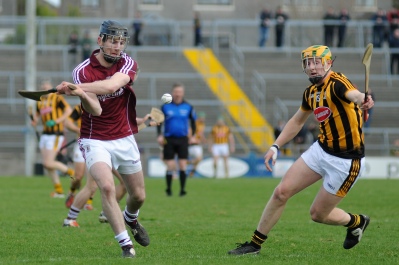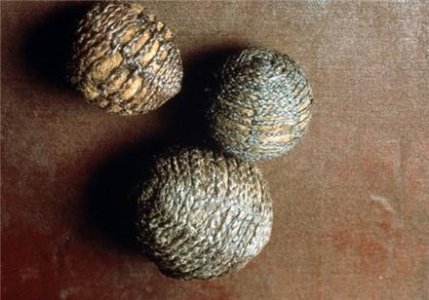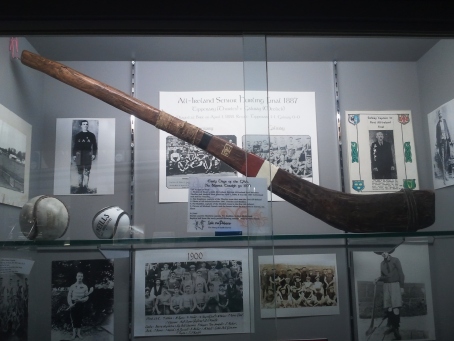
View of Drury’s Avenue through the archway under the granary which marks the north-eastern boundary of the site of the ‘lost’ brewery. This archway seems to be too low to be the main entrance to the brewery. Very likely the entrance was on Charles Street, now Connolly Street.
When researching the history of Midleton, one must admit that it can be very frustrating trying to put together an accurate picture of the town’s past. There really must be something in the local water supply that allows people to forget that there were once TWO distilleries in Midleton. And there were TWO breweries. As already noted on this blog, Midleton had a brewery established and run by the Coppinger family from at least the 1790s to the late 1830s when it closed, probably under pressure from Fr Theobald Mathew’s temperance campaign. The site and the main brewery building are still extant at the southern end of Main Street.
In his Topographcial Dictionary (1837), Samuel Lewis mentions ‘….two very large breweries and two extensive malting establishments….’ We know that the malting establishments were in Ballinacurra, and one brewery was the Coppinger establishment in Midleton, which was noted by the Ordnance Survey in its first edition six inch map of the town c.1843. But the Coppinger brewery had closed by then. William Shaw Mason’s Statistical Account or Parochial Survey of Ireland (Vol 3), from 1819, notes only one brewery in Midleton. So where was the other brewery mentioned in Lewis?

Midleton’s ‘lost’ brewery (outlined in orange) was located between Main Street and Drury’s Lane (now Drury’s Avenue) but seems to have closed as a brewery before the first edition six inch Ordnance Survey map of the town was published. The ‘Old Brewery’ at the bottom of the map was the establishment of John and Joseph Coppinger.
A gentleman who joined my second Heritage Week walking tour of Midleton’s commercial and industrial heritage on Sunday 30th August has supplied me with information from the preliminary maps made by the Ordnance Survey. These preliminary maps or surveys were never published, but they do show the presence of a brewery on a site just off Main Street.
It seems the site of the brewery stretched from Main Street to Drury’s Lane (now called Drury’s Avenue, although it is still a laneway in its dimensions). It seems that the premises on Main Street may have been a public house or a shop selling beer. Because the old archway into the site from Drury’s Avenue is so low, it is likely that the entrance to the brewery was almost certainly on Charles Street (no Connolly Street), at the former Tattan’s Yard, now redeveloped into an apartment complex called Granary Court. The granary referred to by this name is actually located on Drury’s Avenue and stretches down both the northern and southern side of the site. The large building is now converted into apartments. Almost certainly part of this was actually a malthouse for supplying malt barley for brewing.

The site of Midleton’s ‘lost’ brewery was a long narrow town plot with tall maltings and grain stores on each side. Behind the building on the right was a tannery. The buildings are now converted into apartments. The spire in the distance is that of St John the Baptist’s Church (Anglican). The archway noted above would be located behind the viewer.
The key difficulty now presented to us is to identify the owner. Pigott’s directory of 1824 gives us John and Joseph Coppinger as brewers and maltsters in Midleton. But it also gives us John Lomasney as a maltster. No address is given for him so we must presume that, like the Coppingers, he was based in Midleton itself rather than in Ballinacurra. To make matters even more interesting, the adjoining plot to the north of this brewery was a tannery. One can hardly imagine two less congenial neighbours. Obviously the brewers had to ensure that their water supply was not contaminated by runoff from the tannery.
Two things come out of this. First is Lewis’s description of TWO…’..very large breweries…’ in Midleton. The scale of the buildings remaining on this second site seems to support this. Midleton could easily have developed into a major brewing center in County Cork. Secondly, the fact that the second brewery seems to be omitted from the local memory or even the local record is striking, almost as if the town wished to forget its association with brewing, whilst acknowledging its links to distilling.
There’s more work to be done on this! Watch this space!
I wish to acknowledge the assistance of Caen Harris in providing valuable information for this post.











